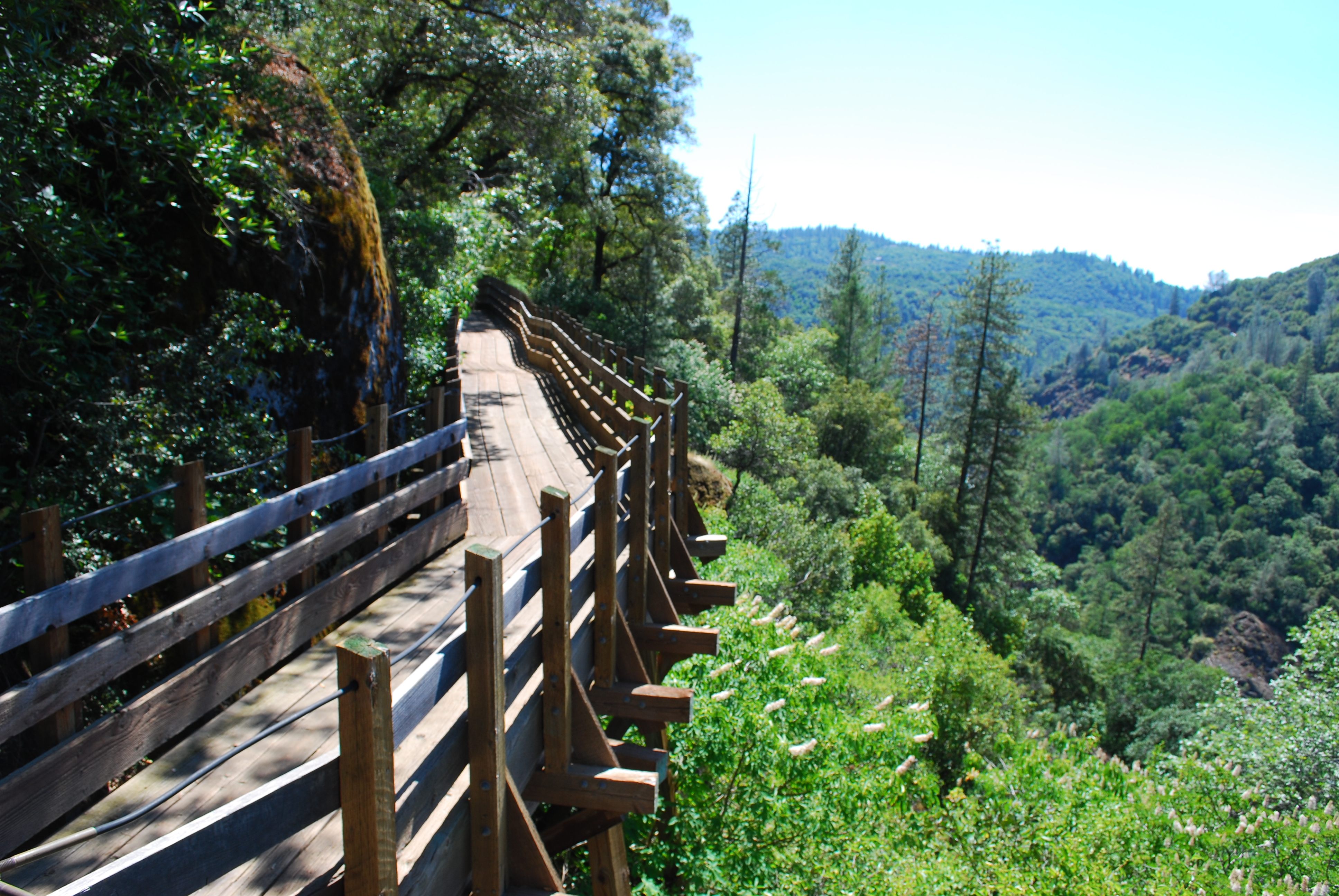Published in 1960 by Totem Press, Gary Snyder’s Myths & Texts (completed in 1956) gives the first indication that his career would be devoted to the long poem as well as the short poem. Anthologized as the author of lyrics like “Nooksack Valley,” “The Bath,” and “True Night,” Snyder also worked away for forty years on the 152-page long Mountains and Rivers Without End (Counterpoint, 1996).


